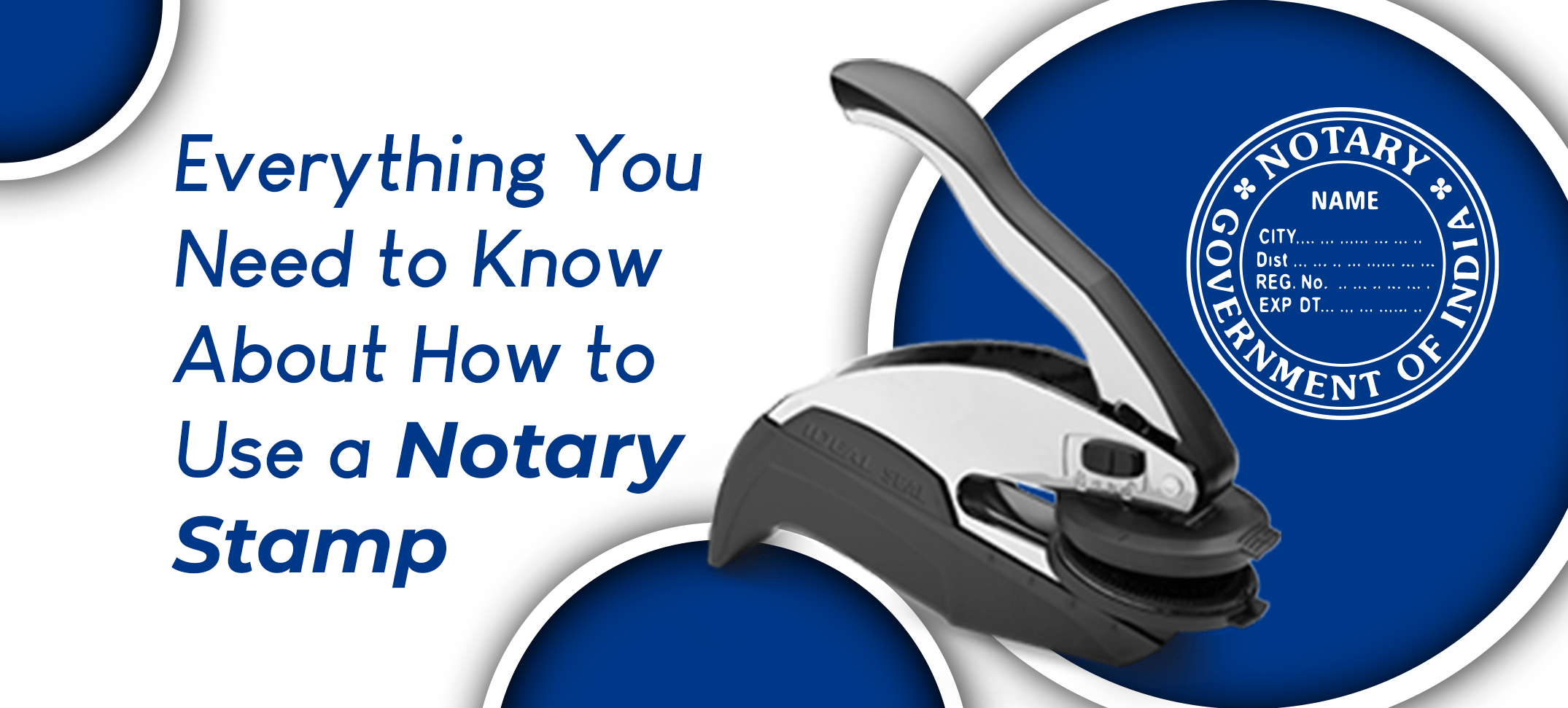A notary stamp is a crucial tool for notaries public, serving as a mark of authenticity and legality on a variety of important documents. Using a notary stamp correctly is essential to ensure that documents are properly notarized and legally binding. This article will cover everything you need to know about how to use a notary stamp, from obtaining and maintaining it to the steps involved in notarizing documents.
What is a Notary Stamp?
A notary stamp is a personalized rubber stamp or embossing seal used by notaries public to authenticate documents. The stamp typically includes the notary’s name, commission number, and the state in which they are authorized to notarize documents. In some states, the stamp may also include the notary’s commission expiration date.
Obtaining a Notary Stamp
To obtain a notary stamp, you must first become a commissioned notary public in your state. This process usually involves:
- Completing a Notary Application: Submit an application to the state’s notary commissioning authority, which may be the Secretary of State or another governmental body.
- Passing a Notary Exam: Some states require prospective notaries to pass an exam that tests their knowledge of notary laws and procedures.
- Meeting Eligibility Requirements: Each state has specific requirements, which may include being at least 18 years old, a legal resident of the state, and having no felony convictions.
- Purchasing a Surety Bond: Many states require notaries to purchase a surety bond as a form of insurance to protect the public from any errors or misconduct by the notary.
- Filing the Bond and Oath of Office: File your bond and take an oath of office, if required by your state.
Once commissioned, you can order a notary stamp from an authorized vendor. Ensure that the stamp complies with your state’s specific design and content requirements.
Using a Notary Stamp: Step-by-Step Guide
1. Verify the Signer’s Identity
Before using your notary stamp, you must verify the identity of the person signing the document. This can be done by examining government-issued identification, such as a driver’s license or passport. Ensure that the ID is current and matches the name on the document.
2. Review the Document
Carefully review the document to ensure it is complete and contains no blank spaces. As a notary, you cannot notarize an incomplete document. Verify that the document includes the correct notarial language and certificate appropriate for the type of notarization being performed.
3. Witness the Signing
The signer must personally appear before you and sign the document in your presence. This step is crucial as it ensures the signer is willingly and knowingly signing the document.
4. Complete the Notarial Certificate
Fill out the notarial certificate, which includes details such as the date, location, and type of notarization performed (e.g., acknowledgment or jurat). The certificate should also state that the signer appeared before you and that you verified their identity.
5. Apply the Notary Stamp
Place your notary stamp near your signature on the notarial certificate. Ensure that the stamp is clear and legible, and that all information, including your name, commission number, and state, is visible. In some states, you may also need to include the commission expiration date.
6. Record the Notarization in Your Journal
Many states require notaries to maintain a journal of all notarizations. Record details such as the date, type of document, signer’s name and address, type of identification provided, and any fees charged. Having a complete and accurate journal can be invaluable in the event of a legal dispute or audit.
Maintaining Your Notary Stamp
Proper maintenance of your notary stamp ensures its longevity and effectiveness. Here are some tips:
- Store it Safely: Keep your notary stamp in a secure location to prevent unauthorized use.
- Check for Wear and Tear: Periodically inspect your stamp for signs of wear and replace it if the impressions become faint or incomplete.
- Update Information as Needed: If your commission information changes, such as a new expiration date, order a new stamp with the updated information.
- Keep it Clean: Regularly clean your stamp to ensure clear impressions. Use a damp cloth to gently wipe away any ink build-up.
Common Mistakes to Avoid
- Not Verifying Identity: Always verify the signer’s identity before notarizing a document to prevent fraud.
- Incomplete Documents: Never notarize a document that has blank spaces or is incomplete.
- Incorrect Stamp Placement: Ensure your stamp is placed correctly and is fully legible.
- Neglecting Journal Entries: Always record notarizations in your journal, even if not required by your state, for your protection.
Using a notary stamp correctly is vital for the authentication and legal validation of important documents. By following the proper procedures for verifying identities, witnessing signatures, completing certificates, and applying your stamp, you can ensure that your notarizations are legally sound. Proper maintenance of your stamp and diligent record-keeping further enhance your reliability as a notary public. By mastering these practices, you uphold the integrity and trust placed in your role as a notary.


